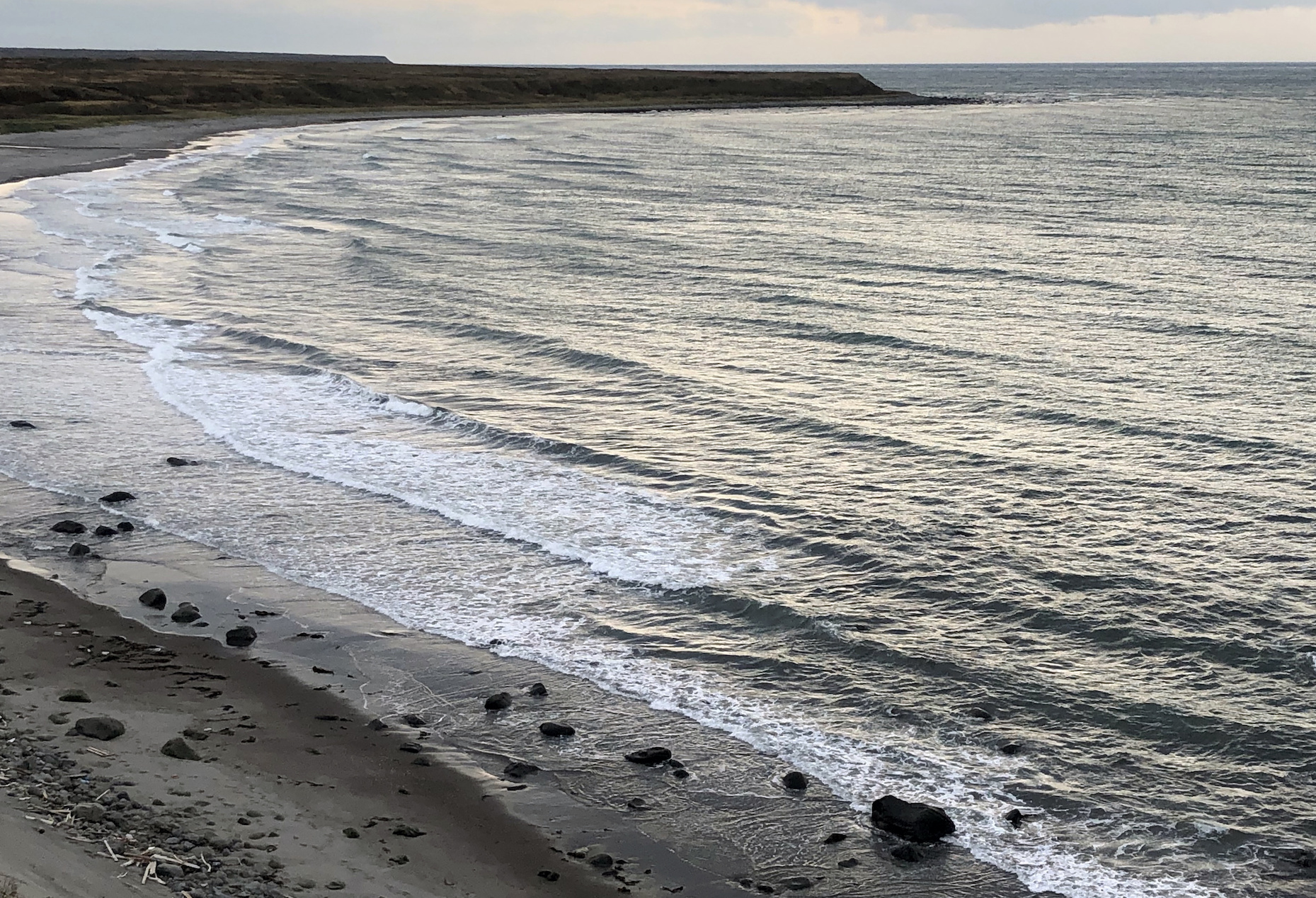ID :
580039
Mon, 10/26/2020 - 09:17
Auther :
Shortlink :
https://oananews.org//node/580039
The shortlink copeid
Expert: Kamchatka fauna may recover in spring 2021 after mass deaths of marine animals

MOSCOW, October 24. /TASS/. The recovery of the fauna in Russia’s Kamchatka after the mass deaths of marine animals will take place in two stages, as the water cools down and a new generation of aquatic animals arrives after the winter, Alexander Semyonov, head of the research diving group sent to the site of the incident in Kamchatka, said on Friday. The diving group was sent within a large-scale expedition of the Russian Geographical Society.
"Unfortunately, we did document mass deaths at the depth level from 3-5 meters to 15-17 meters. <…> In the near future, we will observe at least two waves of recovery. Firstly, the water should cool down, because at the point where I dived in, the water was 10 degrees (Celsius - TASS) <…> This is one of the reasons why the seaweed could grow to such an extent," he said during a round table held by the Russian Academy of Sciences dedicated to what happened in Kamchatka.
According to Semyonov, as soon as the water cools down, all animals that survived in the depths are likely to go up to the depth of 3-17 meters, where the number of life forms has been reduced significantly as of now.
The seasonal "change of generations" of marine animals will be the second stage of recovery, he added. "Every year, there is a seasonal change of generations in the cold Russian seas," he explained.
The cause of the mass deaths of marine animals
A type of toxic seaweed called Karenia, along with the low level of oxygen in the water, caused the mass deaths of marine animals in the Pacific Ocean’s Avacha Bay located in Kamchatka, Vice President of the Russian Academy of Sciences Andrey Adrianov said.
"We have analyzed a large body of ocean research data, and we have established the reasons for this large-scale natural process. <…> We have checked our research with the latest genetic databanks that our foreign colleagues opened to us. And on the whole, the main cause of the bloom and the release of toxins that led to the death of benthic animals is Karenia spp. There was a rather high concentration of it documented," Adrianov said. He added that low levels of oxygen in the water also played a role in the natural disaster.
He added that fragments of the seaweed had been tested, showing that it had a fatal effect on benthic animals. Karenia produces a large amount of toxins, which are currently studied by the G.B. Elyakov Pacific Institute of Bioorganic Chemistry and the Shemyakin and Ovchinnikov Institute of Bioorganic Chemistry in Moscow.
About the incident
In late September, mass death of marine life in Pacific Ocean’s Avacha Bay was reported, 16 people requested medical aid due to issues with organs of sight. Deputy Prime Minister and Russian Presidential Envoy to the Far Eastern Federal District Yury Trutnev requested an investigation of the causes of the incident. Water, air, and sand samples were sent to Russia’s Academy of Sciences, no critical elevations of maximum allowable concentrations of harmful substances which could have caused corneal burns in humans and mass dying of marine animals have been detected. Criminal proceedings have been launched over the incident.
On Friday, Russian Minister of Natural Resources and Environment Dmitry Kobylkin stated that the incident in Kamchatka was a natural disaster, caused by toxic seaweed. Currently, the situation in Kamchatka is improving, the minister said.
Read more





